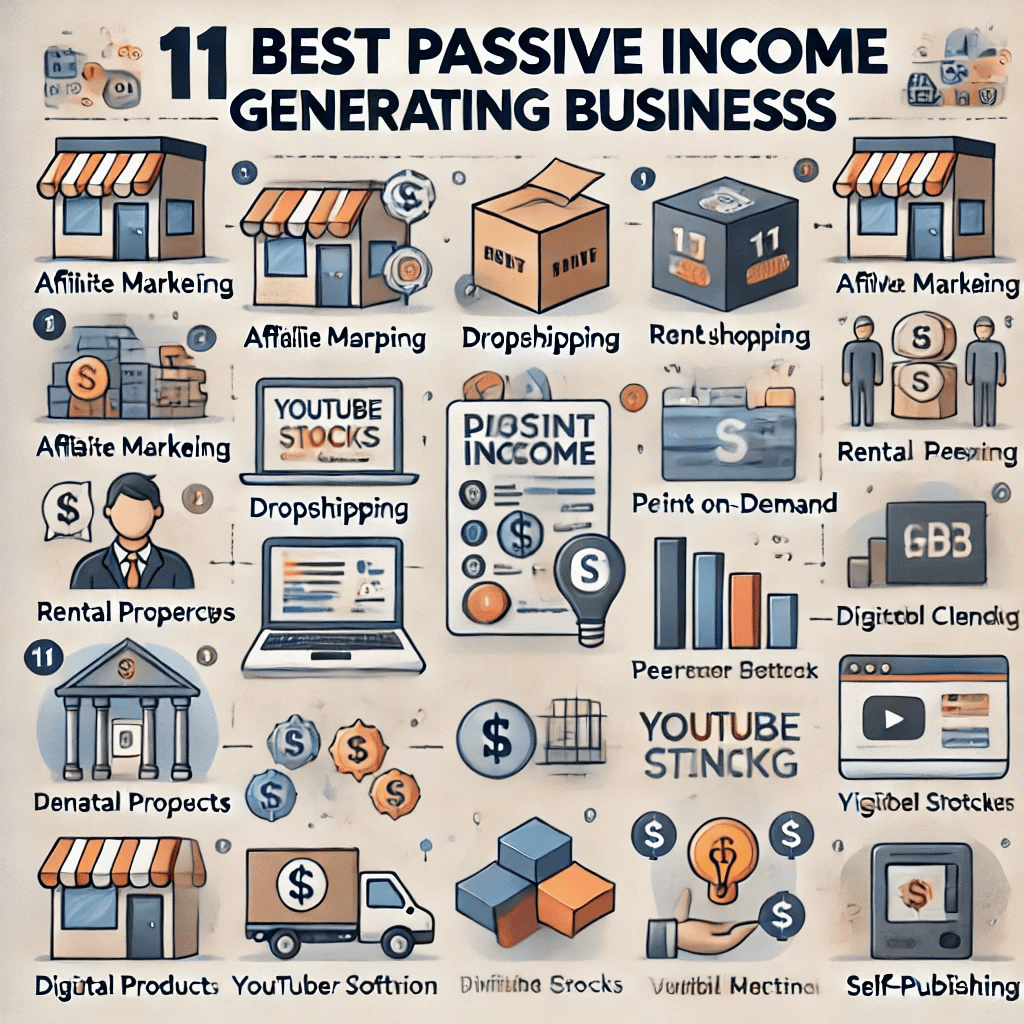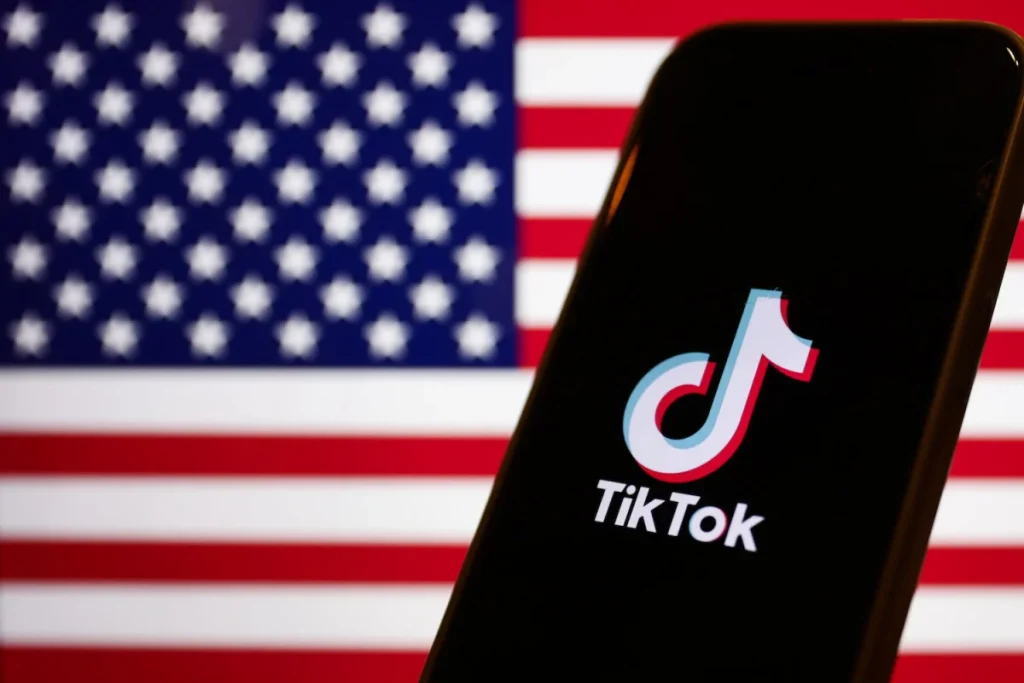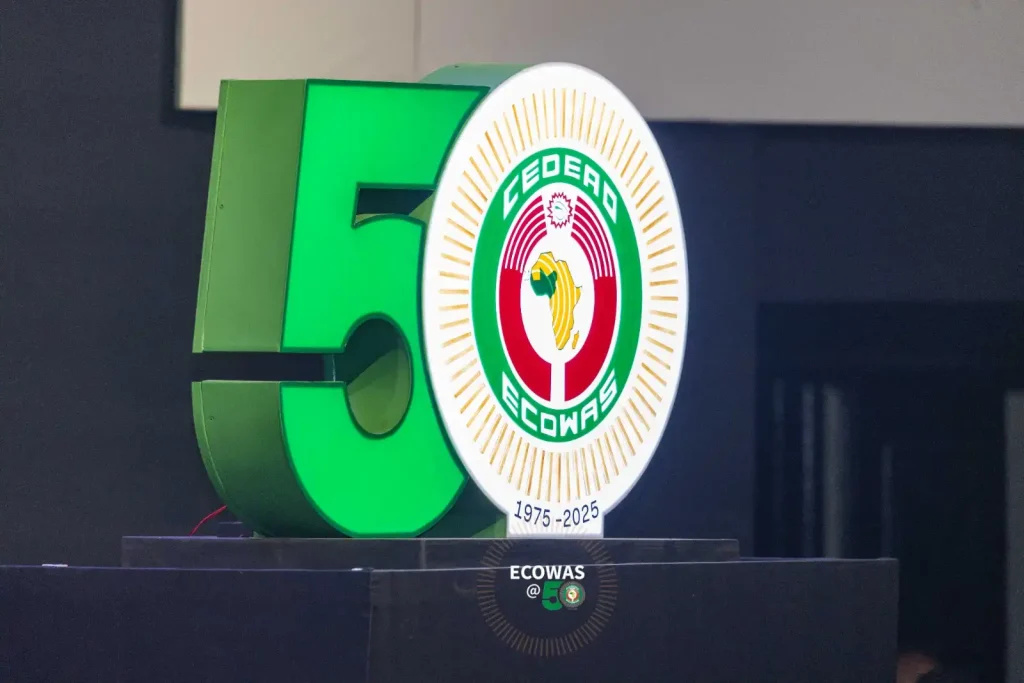Are you looking for ways to earn money without putting in constant effort? Passive income generating businesses can help you earn money while you sleep.
While these businesses may require some upfront investment and effort to set up, they can provide a steady stream of income over time.
In this article, we’ll explore the 11 best passive income generating businesses, explain what they are, how much it costs to start, and how they work.
What is Passive Income?
Passive income is money you earn with little to no effort after setting up a system. Once the initial work is done, it allows you to keep earning regularly without having to put in much ongoing effort.
Common Examples:
- Rental income from properties you own.
- Dividends from stocks or investments.
- Royalties from books, music, or patents.
- Affiliate marketing where you earn commissions by promoting others’ products.
- Selling digital products like eBooks or online courses.
These methods allow you to make money passively over time.
11 Best Passive Income Generating Businesses
1. Affiliate Marketing
What is it?
Affiliate marketing involves promoting products or services of other companies. You earn a commission every time someone makes a purchase through your referral link.
The key is to build an audience online, either through a blog, social media, or email marketing, and recommend products relevant to them.
Startup Cost
The cost to start affiliate marketing can be very low. You need a website or blog (around $100 for domain and hosting) and can invest in email marketing tools or ads later on. In some cases, free social media platforms are enough to get started.
2. Dropshipping
What is it?
Dropshipping is an e-commerce model where you sell products without holding any inventory. When a customer places an order, the supplier ships the product directly to the buyer. Your role is to set up an online store, market it, and manage customer relations.
Startup Cost
The startup cost is low, usually ranging from $200 to $500. You’ll need a domain name, e-commerce platform subscription, and some initial marketing budget.
3. Print on Demand
What is it?
In a print-on-demand business, you sell customized products such as T-shirts, mugs, or phone cases. You don’t keep any inventory; instead, the product is created and shipped after the customer orders. Platforms like Printful and Redbubble handle the logistics.
Startup Cost
The cost to start can be as low as $50 to $200, depending on whether you use a free platform or a paid one for your online store.
4. Rental Properties
What is it?
Owning rental properties is one of the most traditional forms of passive income. You buy property, rent it out, and collect rent monthly. The key to success is purchasing properties in desirable locations and managing tenants well.
Startup Cost
The startup cost is high, as you need enough capital to purchase real estate. Depending on the location, you might need $10,000 to $50,000 for down payments and property improvements.
5. Peer-to-Peer Lending
What is it?
Peer-to-peer lending is a way for individuals to lend money to others in exchange for interest payments. You can use platforms like LendingClub or Prosper to invest in multiple loans, reducing your risk while earning steady returns.
Startup Cost
You can start with as little as $100 on some platforms. However, to see significant returns, investing $500 to $5,000 might be necessary.
6. Investing in Dividend Stocks
What is it?
Dividend stocks are shares of companies that distribute part of their profits to shareholders regularly. By investing in these stocks, you can earn passive income through dividend payments.
Startup Cost
The startup cost varies depending on how much you want to invest. You can start with as little as $100, but many experts suggest starting with at least $1,000 to $5,000 to see worthwhile returns.
7. Digital Products (Ebooks, Online Courses)
What is it?
Selling digital products, such as eBooks or online courses, is a great way to earn passive income. Once you create the product, you can sell it multiple times without needing to restock or ship anything.
Startup Cost
The cost to create an eBook or online course ranges from $100 to $1,000, depending on the platform you use for design, hosting, and marketing. Some platforms like Gumroad and Teachable allow you to start for free or at a low cost.
8. YouTube Channel
What is it?
A YouTube channel can generate passive income through ads, sponsorships, and affiliate marketing. Once your videos are up, they continue to earn views and generate revenue over time, even while you’re not actively creating new content.
Startup Cost
You can start for free with just a smartphone and a YouTube account. However, for professional quality, you might need $200 to $1,000 for a good camera, lighting, and editing software.
9. Create an App or Software
What is it?
If you have tech skills, creating an app or software can generate significant passive income. Once the app is developed, users pay for downloads, subscriptions, or in-app purchases, allowing you to earn continuously.
Startup Cost
The cost to develop an app can vary greatly. If you create it yourself, it might only cost $500 to $2,000. Hiring a developer could range from $5,000 to $50,000 or more, depending on complexity.
10. Self-Publishing on Amazon Kindle
What is it?
Self-publishing on Amazon allows authors to earn passive income by selling eBooks or print-on-demand books. Once your book is published, Amazon handles distribution, and you earn royalties from sales.
Startup Cost
You can start with minimal costs, especially if you design the book cover and format the manuscript yourself. Expect to spend around $100 to $300 for basic publishing needs.
11. Vending Machines Business
What is it?
A vending machine business involves placing machines in high-traffic areas and collecting income as customers purchase snacks, drinks, or other products. It requires regular restocking, but the sales can be passive once set up.
Startup Cost
The initial cost is around $2,000 to $10,000, depending on the type of vending machine and its location. Ongoing maintenance costs are relatively low, making it a profitable passive income stream.
Conclusion
Building passive income takes time and upfront effort, but the long-term rewards can be substantial. Whether you choose affiliate marketing, dropshipping, or even rental properties, each of these passive income generating businesses can help you achieve financial independence.
Be sure to carefully consider your skills, interests, and budget before starting.
By investing wisely, you can build a portfolio of passive income streams that provide a steady flow of revenue for years to come.
This article provides an informative and commercial overview of various passive income businesses. Would you like me to refine it further or add more details?























